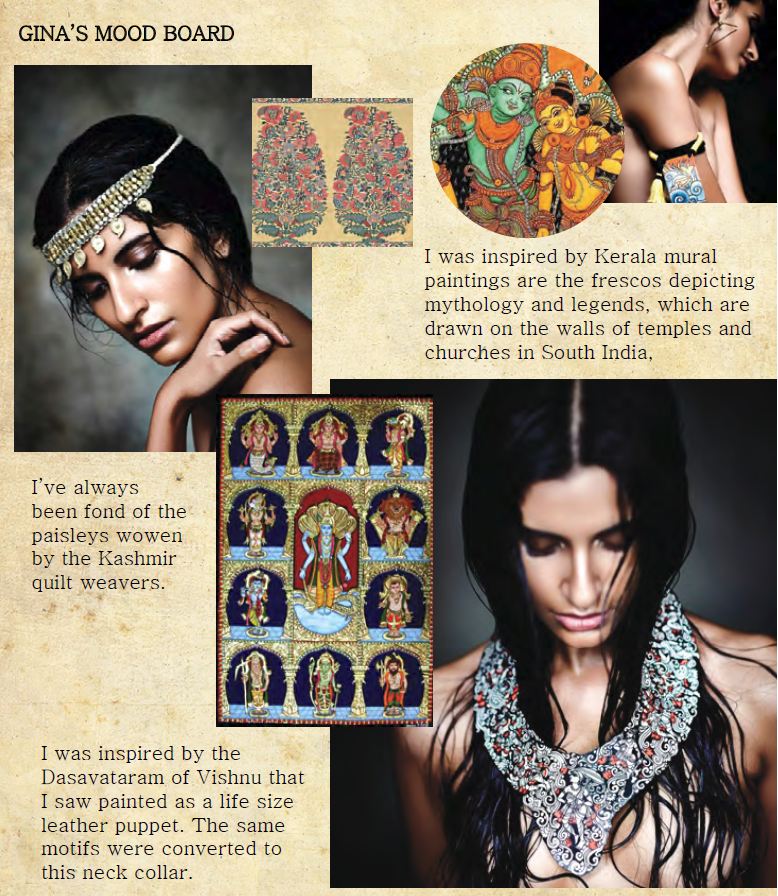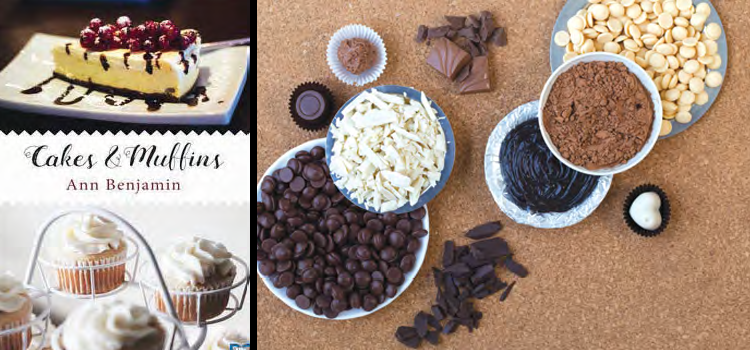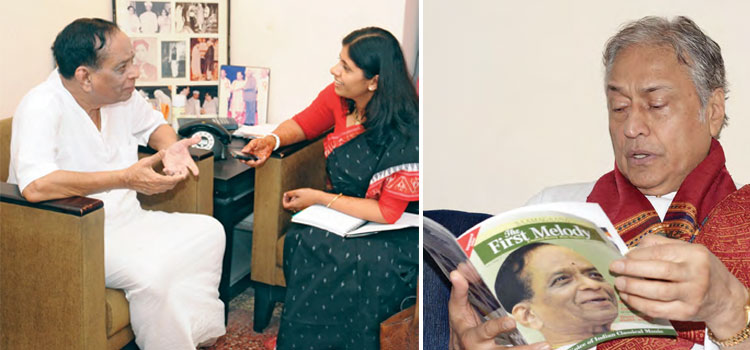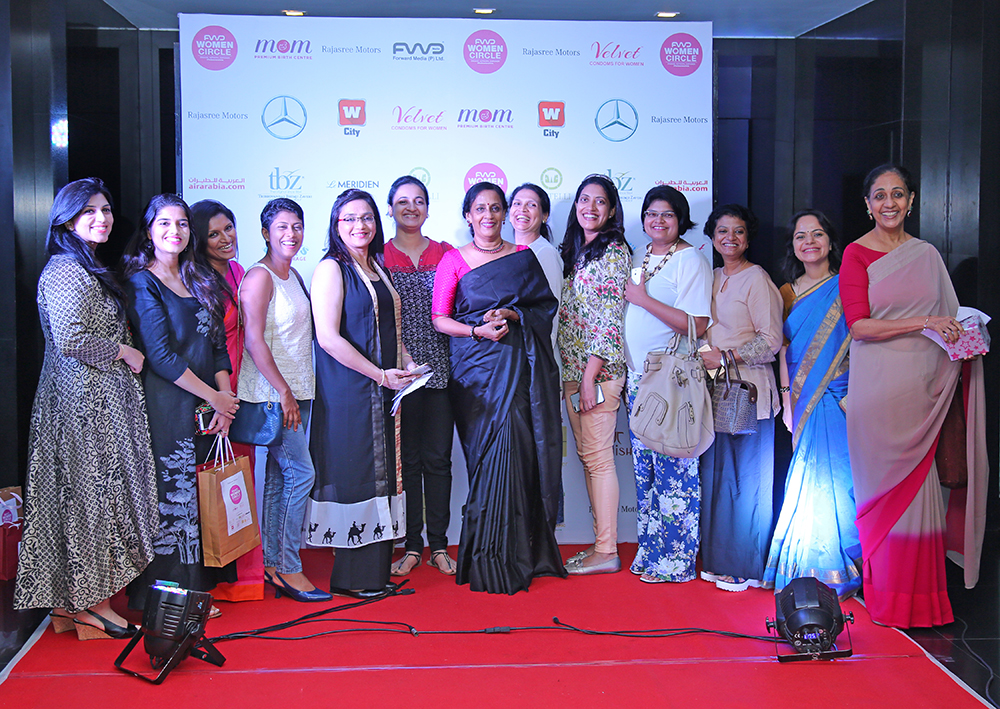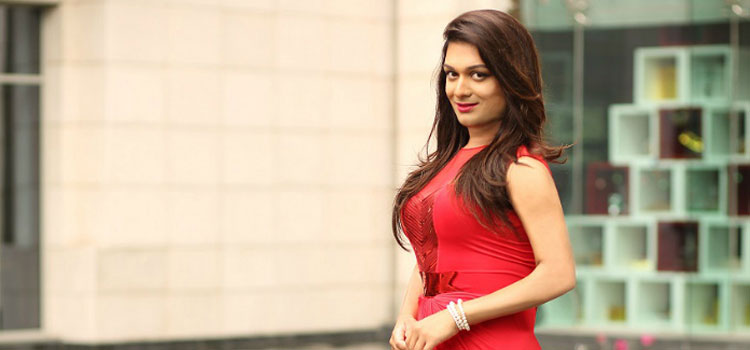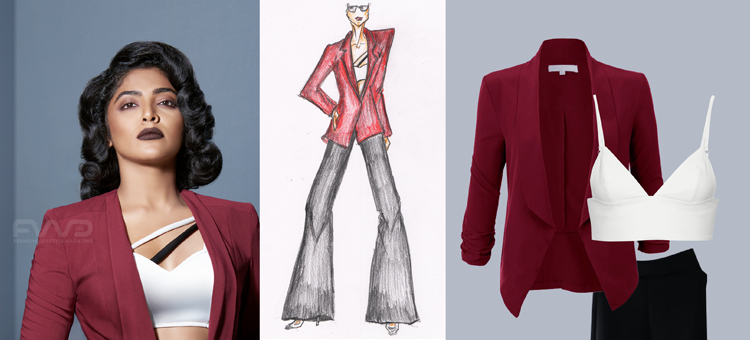Conversation
The craftsmanship skills by Gina Joseph
Gina Joseph tells us how staying rooted to our ancient culture makes her jewellery brand, Zola, one of a kind.

Gina Joseph tells us how staying rooted to our ancient culture makes her jewellery brand, Zola, one of a kind.
For an artist, Gina does not surprise us with the many places she has visited, and the many people she has met. From these experiences, she accumulates inspiration from various elements
including Western art, temple architecture, crafts and rural art, and cultural heritage that finally end up as statement pieces of jewellery dangling from a woman’s ears or rest with pride on her décolletage. We catch up with Gina who shares stories on how her jewellery is adorned with rich cultural history and craftsmanship that has lived through many generations.
Zola is an interesting name. What is the story behind choosing this name?
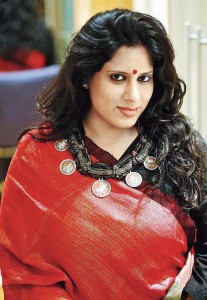
Gina Joseph
Zola, in Italian, means a piece of earth. Inspired by the art, architecture and culture of India, I fuelled it with my passion for jewellery designing and worked towards a small collection along with the wood carvers of Raghurajpur in Odisha. It was exciting to create these uniquely-styled and artistically-beautiful necklaces for my Indian Art project and I wanted to explore further. As a result, Zola was born.
You said that you prefer to wear art rather than own art. What’s your intrinsic connection with jewellery?
I have always believed that jewellery is one of the most powerful vehicles of self-expression and celebration of your personal style. Jewellery in India has always fascinated me and the tales from its rich cultural heritage and folklore; from colours, from emotions, from passion, from fine workmanship, from seamless Indian beauty – all that I wanted to explore with Zola.
Using influences from Western and Indian art, how are they both fused and distinct at the same time while designing your jewellery?
I have studied both Indian and Western art when I did my post graduation in Arts Management. But my work for Zola has been based on only Indian arts and crafts with an exception of one collection that I created drawing inspiration from some of the famous works of Western art over different periods. I consciously work only with the traditional motifs, techniques and colours that the craft has been originally used in over the years. Only the form changes; necklaces, earrings, neck collars, waistbands, etc. I feel it is essential to keep the craft intact and not tampered with as each piece of Zola has anything between 500 to 5,000 years of history that comes from our country’s rich art and craft heritage.
From Dhokra to Pattachitra to Toda embroidery, there’s a stunning trace of craftsmanship. How were you inspired by these art forms? Any indelible experience and lessons from your travels?
My most memorable experience with Zola has to be my first workshop in Orissa which happened quite by chance when I went to the Crafts Council Of India (CCI ) office to show some of my pieces to the Chairperson Gita Ram. She liked my work and asked me to go for a five-day workshop to Bhubaneshwar, Orissa. I had no prior experience of jewellery design or conducting workshops with
artisans. It was her trust in me and my work that was the stepping stone for Zola.
I was really nervous initially but once I was right there working with the 10 women artisans, things just flowed naturally and we created about 70 new designs of earrings, necklaces, chokers and anklets in those five days. It’s been almost two years since I started Zola. Very recently one of my artisans told me that he could now afford better education for his two children and also improve his standard of living significantly after he started working with me.
Another artisan from Andhra said he has started paying part of his house loan from the earnings of Zola. In Orissa, the women artisans I work with have promised to continue sending their daughters to school as a part of the income goes towards the girl child’s education.
You have played an important role in conducting workshops to showcase the talent of rural and folk artisans. In turn, what lessons were you able to grasp from them?
Working with rural crafts like leather puppetry and Patachitra has made me realise how important it is to preserve culture and heritage and this will happen only if we provide employment
opportunities for the craftsmen. Giving these artisans grants and funds is like putting a band-aid on the issues and not a solution, so it is very important to educate the public about crafts and arts of our country.
We are not taught cultural history in schools but only the political history is focused upon. Preservation is not just the job of art museums or organisations, it starts from the very grassroots, in your own homes by educating yourself and your children about it.
Art is so intertwined with architecture and culture. What common thread have you found?
My first collection was inspired by the beautiful women found in Indian temple architecture The common thread in all my jewellery is India – its culture, history, literature, colours and architecture. I have always been inspired by motifs that emerged from these themes.
How would you like to define the woman who chooses and adorns Zola?
What sets her apart Zola aims to break the present day culture fixated on certain ideas of ‘beauty’ and make women less vulnerable to outside approval and more confident in their own skin. A
woman who celebrates her uniqueness, freedom, sensuality and individuality is the Zola woman.
Quickies
A movie that had an iconic
jewelry piece you cannot resist?
Jodha Akbar. Also, Mira Nair’s
Kamasutra, the jewellery in the
movie was very sensually used
for adornment.
If you had to work with a
different medium apart from
metal, what would you look into?
I already work with wood, seed,
textile and leather. I would like to
explore glass and ceramic too.
Celebrities with good taste of
jewellery?
Beyonce, Rekha, Vidya
Balan, Sonam Kapoor
A great tip for pulling off jewelry?
Just be yourself and totally own
the look!
Words by Atheena Wilson and Photos by Various Sources
Conversation
Netflix’s Cleopatra: A Controversial Provocation Egypt Could Do Without
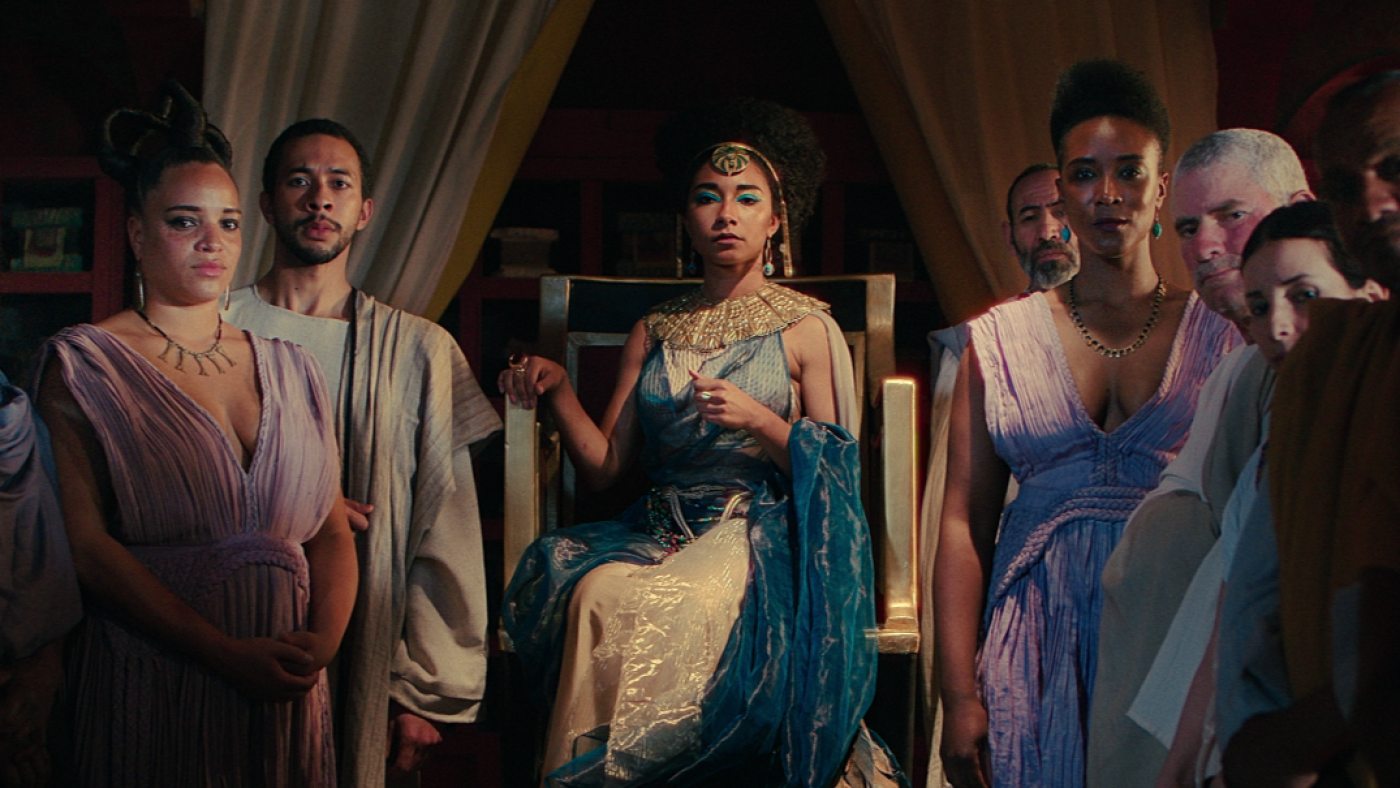
In the realm of streaming content, Netflix’s Cleopatra has recently grabbed attention, trending on most-watched charts amidst a contrived controversy over the casting of a Black actress in the iconic titular role. Produced by Jada Pinkett-Smith, this installment is the second in her ‘African Queens’ series, which has stirred debates surrounding representation and historical accuracy. However, the current state of Egypt, grappling with numerous challenges, suggests that this provocative series is the last thing the nation needs.
The portrayal of Cleopatra has always been intertwined with fascination and debate, particularly centered around her appearance rather than her race, in historical accounts. The Hollywood industry, historically dominated by white executives, had marginalized Black talent, deeming them unmarketable and unworthy of significant roles. The industry’s limited embrace of Black stories in the past was primarily driven by profit rather than genuine progressivism.
In the case of Netflix’s Queen Cleopatra, the casting of a Black performer in the lead role was destined to ignite controversy, especially among Egyptians increasingly hostile towards Afrocentrism. However, the preceding installment of the ‘African Queens’ series, Njinga, did not generate significant interest or impact, lacking the depth to stimulate intellectual discourse.
Director Tina Gharavi’s previous works, while sincere in their storytelling, did not display visionary filmmaking challenging the conventional Anglophone documentary style. Despite this, Netflix and Pinkett-Smith effectively employed marketing tactics, leveraging the race card to generate buzz around Cleopatra, ultimately leading to its elevated position in the charts.
Disappointingly, Queen Cleopatra fails to offer any fresh insights into the Egyptian icon. The four episodes follow a predictable and formulaic narrative structure, focusing on Cleopatra’s rise and fall without delving into her race. The series, featuring medium close-up interviews with academics predominantly from American and British institutions, coupled with lackluster dramatizations, fails to engage viewers or provide an aesthetically distinct perspective.
The show’s emphasis on Cleopatra’s physical beauty and sensationalized elements aligns with Netflix’s faux-liberal gender and sexual politics, which are often presented simplistically and lacking depth. While the representation of minority groups in film and TV is an important concern, solely focusing on representation can overshadow other vital aspects, such as artistry, film history, and the political use of aesthetics.
Critics and viewers fixated on the racial depiction of Cleopatra, generating substantial media coverage and overlooking the artistic value and storytelling approaches employed in the series. Amidst the heightened racial discourse, the nuances of Egypt’s complex relationship with blackness have been lost. Egypt’s struggle with economic crises, political challenges, and external influences leaves the nation feeling helpless and disheartened.
In its current state of turmoil, Egypt seeks a savior and is grappling with collective defeat, making the Netflix provocation an unwelcome addition. The nation, deprived of agency and self-determination, holds onto its historical heritage, which has been plundered by the West for centuries. In such circumstances, a reframing of their own history, even in the form of a fictional series, elicits a strong reaction from a nation grappling with numerous challenges.
Ultimately, while the casting controversy surrounding Netflix’s Cleopatra has sparked discussions on representation and historical accuracy, Egypt’s broken state and desperate need for stability and self-determination make this provocative series an unnecessary and untimely distraction.
Conversation
Unleashing the Power: Scorpio Lunar Eclipse on May 5th Signals Major Transformation Ahead
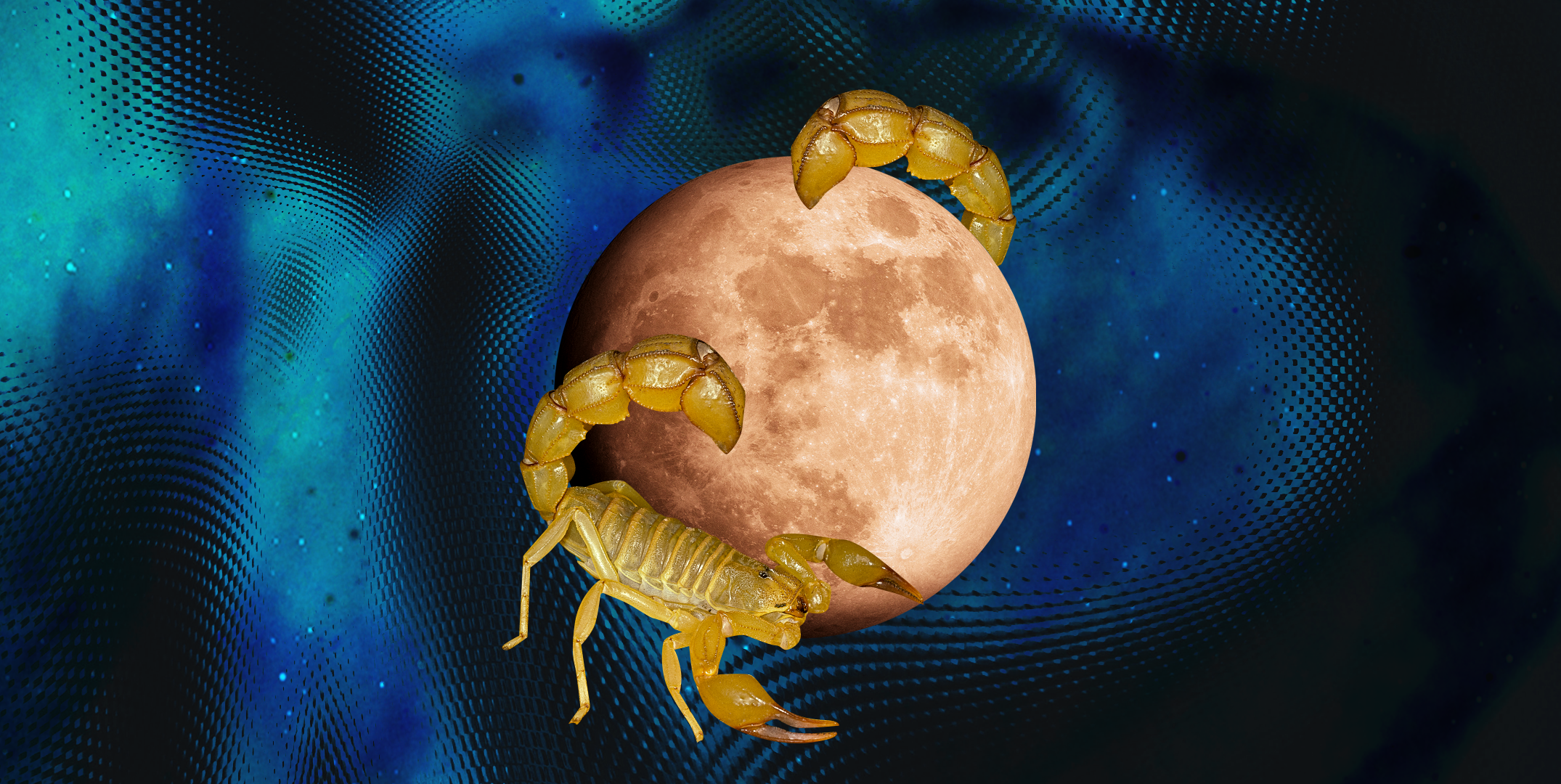
The cosmos are gearing up for a powerful event: the May 5th lunar eclipse in Scorpio. This celestial spectacle promises to be a transformative experience that will shake us to the core. As the full moon aligns with the sun and the Earth casts its shadow, Scorpio’s dark and intense energy will be unleashed, inviting us to confront our deepest fears and desires.
Scorpio, known for its enigmatic nature and passionate intensity, is the zodiac’s most enigmatic and mysterious sign. It’s associated with death, rebirth, and transformation, making this lunar eclipse an auspicious time for letting go of old patterns and embracing a new, more authentic way of being. The Scorpio energy is all about digging deep into the shadows, exploring our subconscious minds, and facing the truth no matter how uncomfortable it may be.
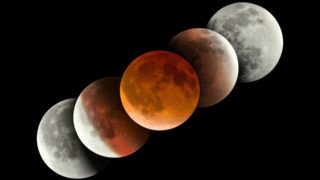
During this lunar eclipse, we can expect intense emotions to surface, bringing to light buried feelings and hidden desires. Scorpio’s energy is not one to shy away from the taboo or the uncomfortable, and neither should we. It’s time to confront the parts of ourselves that we’ve been keeping hidden, and to embrace our true selves.
As we navigate this intense energy, it’s important to remember to practice self-care and self-love. Scorpio’s energy can be overwhelming, so be sure to take breaks and ground yourself when needed. The lunar eclipse is an opportunity for growth and transformation, but it’s up to us to take the necessary steps to harness this energy and make the most of this powerful celestial event.
In conclusion, the May 5th lunar eclipse in Scorpio is a powerful and transformative event that promises to shake us to our core. It’s an opportunity to face our fears, embrace our desires, and transform ourselves from the inside out. So, get ready to unleash your inner Scorpio and embrace the intensity of this celestial event.
Art
8 Best Podcasts of 2020

To the people who doesn’t know what a podcast is- it’s pretty much like a radio show and is released in a streamable or downloadable format through various sites. You can access to millions of podcasts in many genres from anywhere you have internet access.
Here’s a list of podcasts for you to listen:
The Musafir Stories – India Travel Podcast

The Musafir Stories is a wonderful online podcast that talks about iconic and, in fact, all sorts of travel destinations. The podcast series is hosted by Saif Omar and Faiza Khan who talk to fellow travellers about their various adventures across India.
Available on iTunes, Google podcasts, JioSaavn, and Spotify.
https://themusafirstories.com/
Second Life

This online podcast is hosted by Hillary Kerr from the well-known fashion publication Who What Where and it chronicles the career changes of its many guests. It spotlights successful women who’ve made major career changes.
You can listen to her episodes on Apple podcast, Spotify, and Podbean.
https://www.secondlifepod.com/
In The Dark

In The Dark’s content is about uncovering the world’s most iconic crime cases. In short, it’s an investigative journalism podcast, hosted and narrated by Madeleine Baran.
You can listen to it on Apple Podcast, Stitcher, and Podbean.
https://www.stitcher.com/podcast/american-public-media/in-the-dark-apm
The Passion People Podcast

The Passion People Podcast is a series of conversations about following a passion and how to manifest it. There are several conversations with experts, entrepreneurs, and icons that inspire the listeners, and the show is hosted by Naga Subramanya.
You can find the podcast on Stitcher, Apple Podcast, and JioSaavn.
https://www.stitcher.com/podcast/naga-subramanya-b-b/the-passion-people-podcast
GayBCD

GayBCD is an online podcast that seeks to understand what it means to be queer in today’s time. It’s hosted by Sunetro Lahiri and Farhad Karkaria and is created by IVM Podcasts. You can expect to find funny and comforting discussions about coming out and how a sense of humour, wisdom, and parlance play such an important role in understanding yourself better as a person.
This podcast series is easily available on YouTube, Stitcher, JioSaavn, and Apple Podcast.
https://www.stitcher.com/podcast/indus-vox/gaybcd
Harry Potter at Home

Harry Potter At Home is a new series by the Wizarding World that has famous names from entertainment, music, and sports reading chapters from Harry Potter And The Philosopher’s Stone, and the magic is still alive. They currently have the first two chapters out – the first by Daniel Radcliffe and the second by Noma Dumezweni.
You can listen to the series on Spotify and a video version is available on Wizarding World.
https://open.spotify.com/show/2JUljwaD9fNSeq8Vy3UAUp
Maed in India
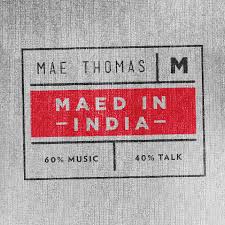
Maed in India prides itself on being India’s first indie music podcast and features conversations with, well, independent musicians from India and abroad. From unreleased music to unknown music stories, they have it all. It’s great for discovering new music, too.
You can listen to this podcast on iTunes, Spotify, JioSaavn, Podbean, Google Podcasts, and Stitcher.
https://maedinindia.fanlink.to/podcast
The Corner Flag

Indian fans of the European and Worldwide football can rejoice in this chat show about sports with comedian Amogh Ranadive. If you like hearing commentary on the latest Premiere league (or other) antics with an Indian twist this might just be the Indian chat show for you.
You can listen to this podcast on Spotify
-
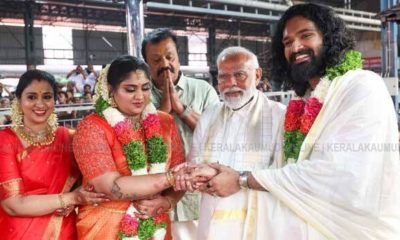
 Entertainment3 months ago
Entertainment3 months agoThe Stunning looks from Bhagya Suresh’s Wedding
-
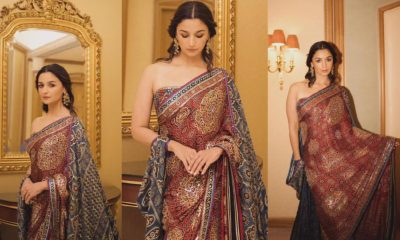
 Fashion3 months ago
Fashion3 months agoMost Discussed Ajrakh Saree of Alia Bhatt
-

 Entertainment3 months ago
Entertainment3 months agoThe Most Stylish Guests of Bhagya Suresh Reception
-
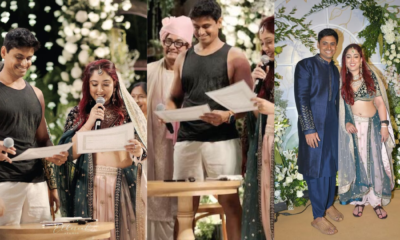
 Entertainment3 months ago
Entertainment3 months agoEverything about the Ira Khan wedding that is out of the norm
-

 Entertainment3 months ago
Entertainment3 months agoBridal Bliss : All Bridal Looks of Swasika Vijay
-
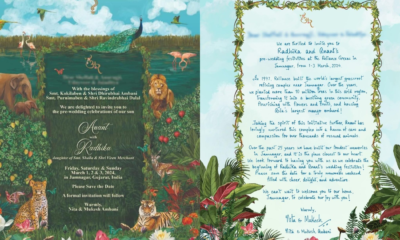
 Entertainment3 months ago
Entertainment3 months agoAll About The Dreamy Pre Wedding Invite Of Anant Ambani & Radhika Merchant
-

 Fashion3 months ago
Fashion3 months agoMajor Denim Trends You Need To Know in 2024
-

 Entertainment3 months ago
Entertainment3 months agoBest Looks from Golden Globes 2024

